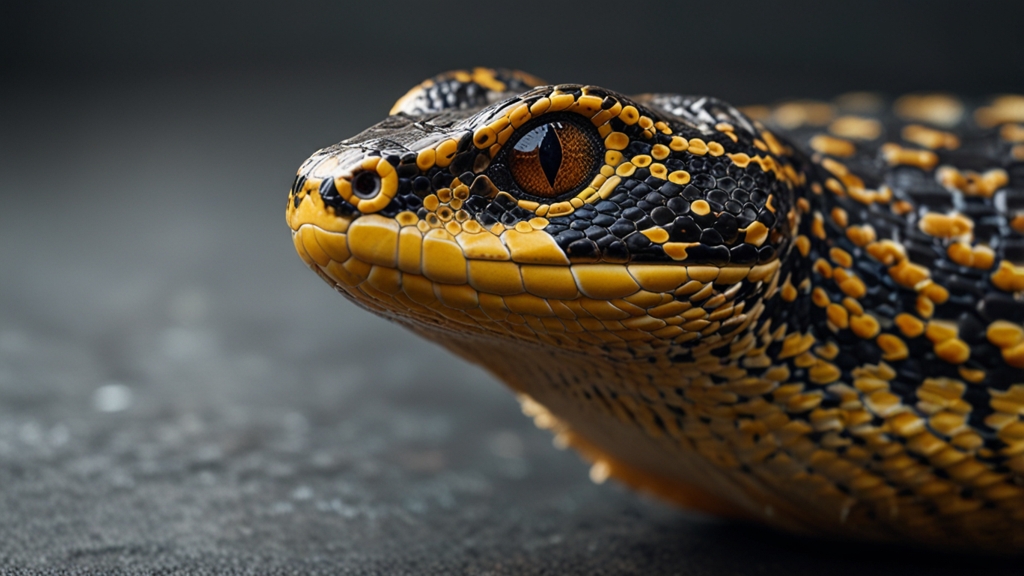Creepy Crawlies: The Fascinating World of Insects
Insects, often referred to as "creepy crawlies," invoke a wide range of emotions from fascination to fear. These tiny creatures, which include butterflies, beetles, ants, and bees, make up over 80% of all known animal species on Earth. Despite their small size, insects play crucial roles in ecosystems and have fascinating adaptations that have allowed them to thrive in diverse environments.
Insect Biodiversity and Adaptation
One of the most striking features of insects is their biodiversity. There are estimated to be around 10 million insect species, many of which are yet to be discovered and classified. This incredible number highlights the adaptability of insects to various habitats including forests, deserts, freshwater bodies, and even our homes.
Insects have evolved numerous adaptations that allow them to survive and flourish. For instance, the hard exoskeleton of beetles provides protection and prevents water loss, while the wings of butterflies and dragonflies enable them to travel long distances in search of food and mates. Moreover, the compound eyes of insects offer a wide field of vision, critical for detecting predators and locating prey.
The Importance of Insects in Ecosystems
While some people may find insects unnerving, these tiny creatures are indispensable to ecosystems. Many insects, such as bees, butterflies, and moths, are vital pollinators. They facilitate the reproduction of approximately 75% of flowering plants, which in turn support food crops and provide oxygen.
“If the bee disappeared off the face of the Earth, man would only have four years left to live.” — Maurice Maeterlinck
Additionally, insects like ants and beetles contribute to the decomposition process by breaking down organic matter, which recycles nutrients back into the soil and supports plant growth. Predatory insects such as ladybugs and praying mantises help control pest populations, reducing the need for chemical pesticides.
Insects and Human Culture
Insects have also made their mark on human culture. They appear in myths, folklore, and art, symbolizing various attributes like transformation, industriousness, and resilience. The ancient Egyptians, for instance, revered the scarab beetle as a symbol of rebirth and immortality. In more practical terms, insects have inspired innovations in technology and engineering, such as the design of micro-drones based on the flight mechanics of dragonflies.
“Not every creeping thing is uncomely: things that creep have more merit since they only creep.” — Rainer Maria Rilke
Insect Conservation
Despite their importance, insect populations are under threat due to habitat loss, climate change, and pesticide use. It is estimated that insect numbers have declined by more than 40% globally over the past few decades. This alarming trend has significant implications for biodiversity and human well-being, emphasizing the need for conservation efforts to protect these essential creatures.
Preserving insect habitats, reducing pesticide reliance, and fostering public awareness are crucial steps towards safeguarding insect populations. Citizen science projects, such as butterfly counts and bee surveys, also play a valuable role in monitoring and conserving insect species.
“To sit in the shade on a fine day and look upon verdure is the most perfect refreshment.” — Jane Austen
Conclusion
The world of insects is indeed fascinating, teeming with an array of species that are integral to our planet's health and our own survival. By understanding and appreciating these "creepy crawlies," we can better appreciate the intricate web of life that sustains us and take necessary actions to protect these incredible creatures. Whether admired from a distance or studied up close, insects remind us of the complex and wondrous natural world that we are a part of.






